V-Ray is a popular and powerful rendering engine widely used in the field of computer graphics and 3D modeling. Developed by Chaos Group, V-Ray is known for its realistic rendering capabilities and integration with various 3D modeling software. Here are key features and aspects of V-Ray:
Rendering Engine:
V-Ray serves as a rendering engine, producing high-quality, photorealistic images from 3D models created in software like Autodesk 3ds Max, SketchUp, Rhino, and others.
Global Illumination:
V-Ray employs advanced global illumination techniques such as path tracing, irradiance mapping, and photon mapping. This enhances the simulation of realistic lighting conditions in rendered scenes.
Material and Texture Rendering:
V-Ray provides a range of materials and texture options, allowing users to simulate various surfaces accurately. This includes reflections, refractions, and complex materials like glass and metals.
Adaptive DMC:
The Adaptive DMC (Distributed Monte Carlo) rendering engine in V-Ray adjusts the sampling rate dynamically, optimizing render times while maintaining image quality.
V-Ray RT:
V-Ray RT (Real-Time) is a feature that allows users to see a live preview of the rendered scene in real-time. This is particularly useful for iterative design and quick adjustments.
Compatibility:
V-Ray is compatible with various 3D modeling and animation software, making it a versatile choice for professionals working in different platforms.
VR and Virtual Reality:
V-Ray includes features for creating content for virtual reality (VR) experiences, enabling users to visualize and render scenes for VR applications.
V-Ray is widely used in architectural visualization, product design, film, and animation industries due to its ability to produce visually stunning and realistic renderings. It continues to be a preferred choice for many 3D artists and designers.
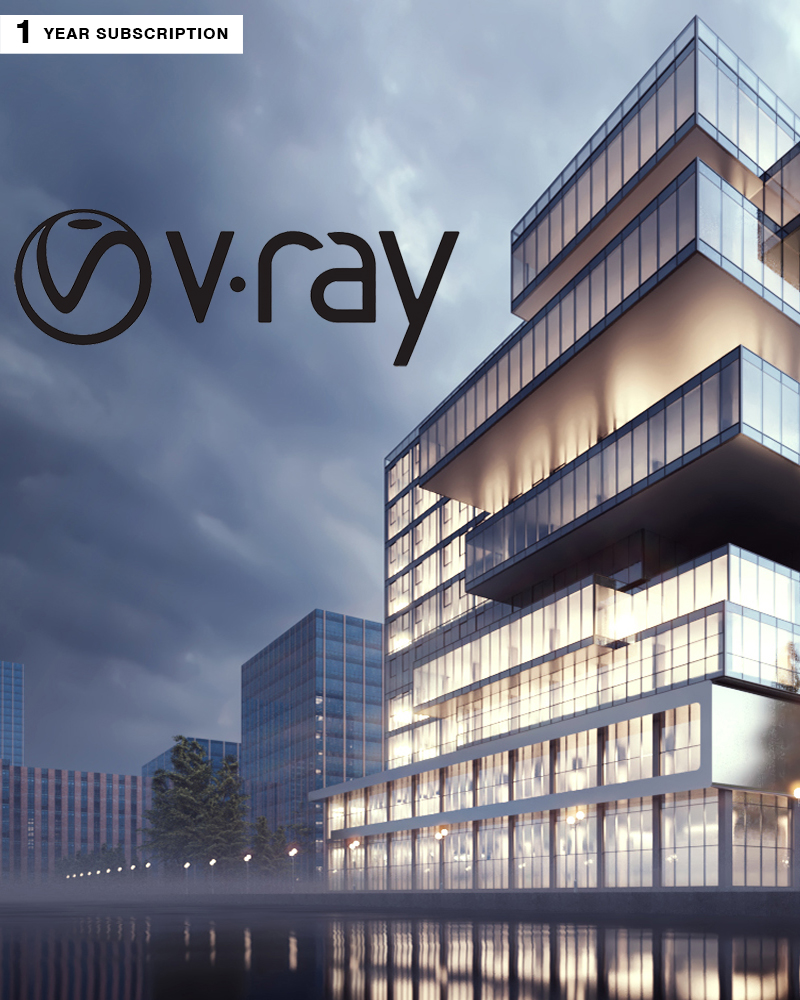
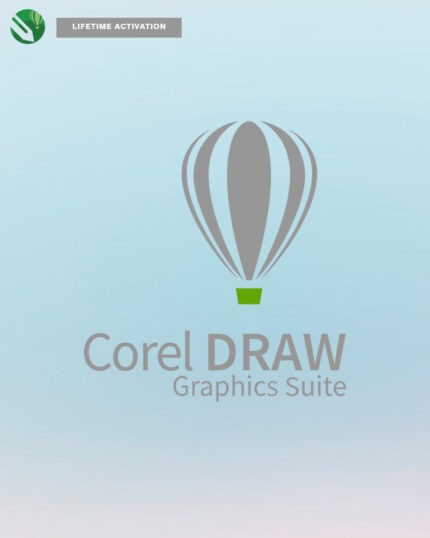
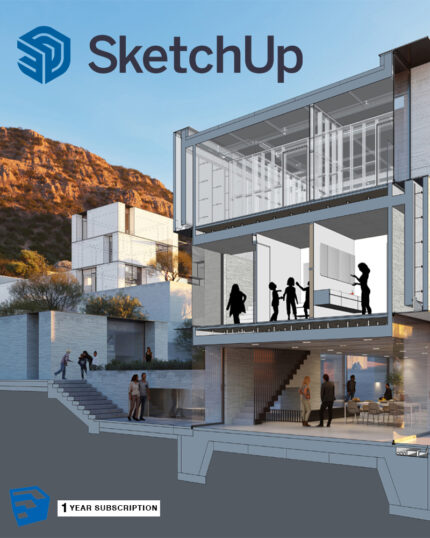






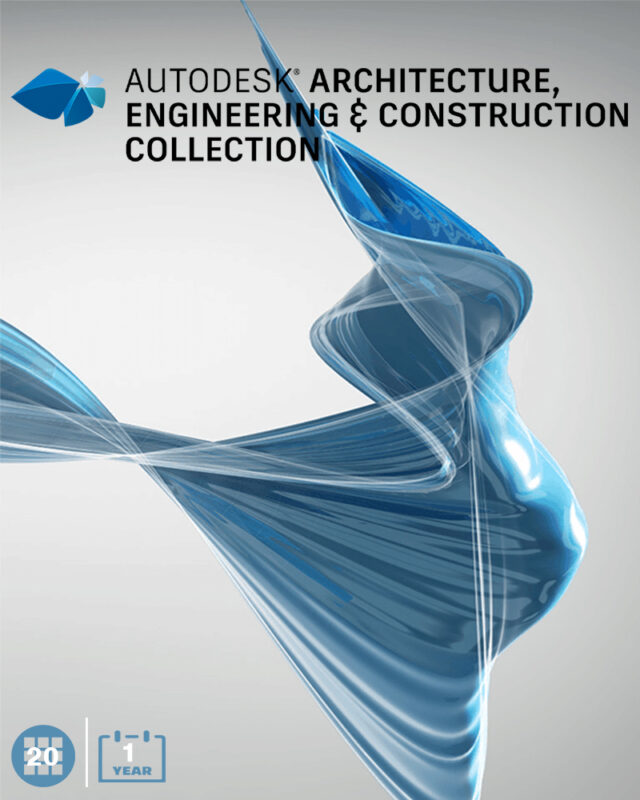
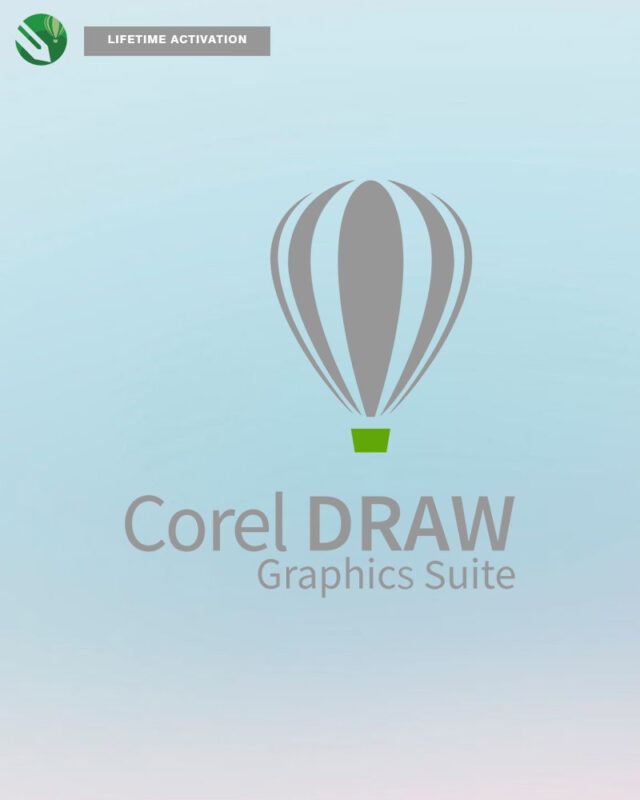
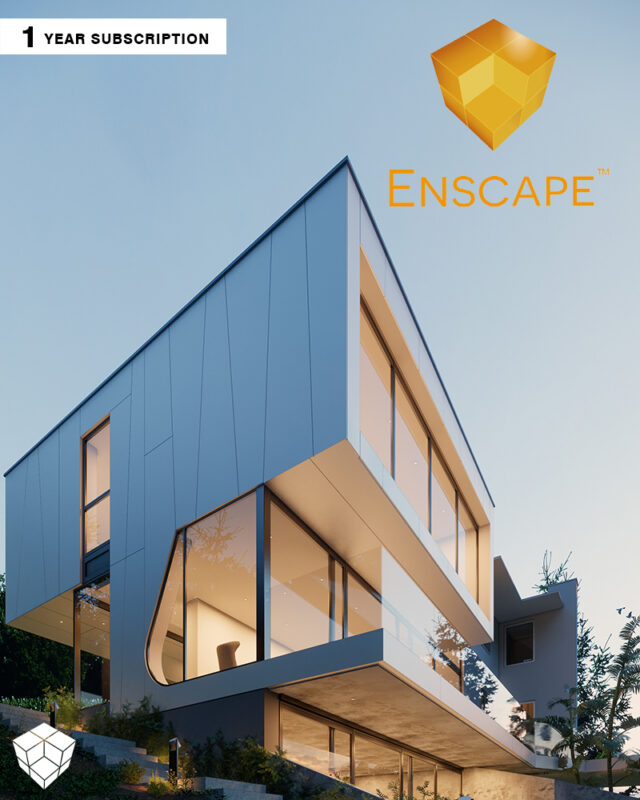

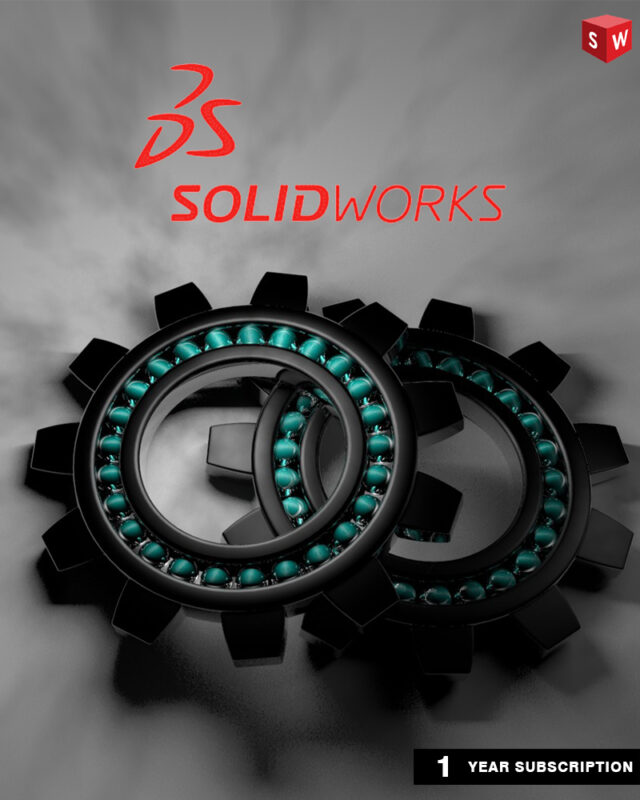
Reviews
Clear filtersThere are no reviews yet.